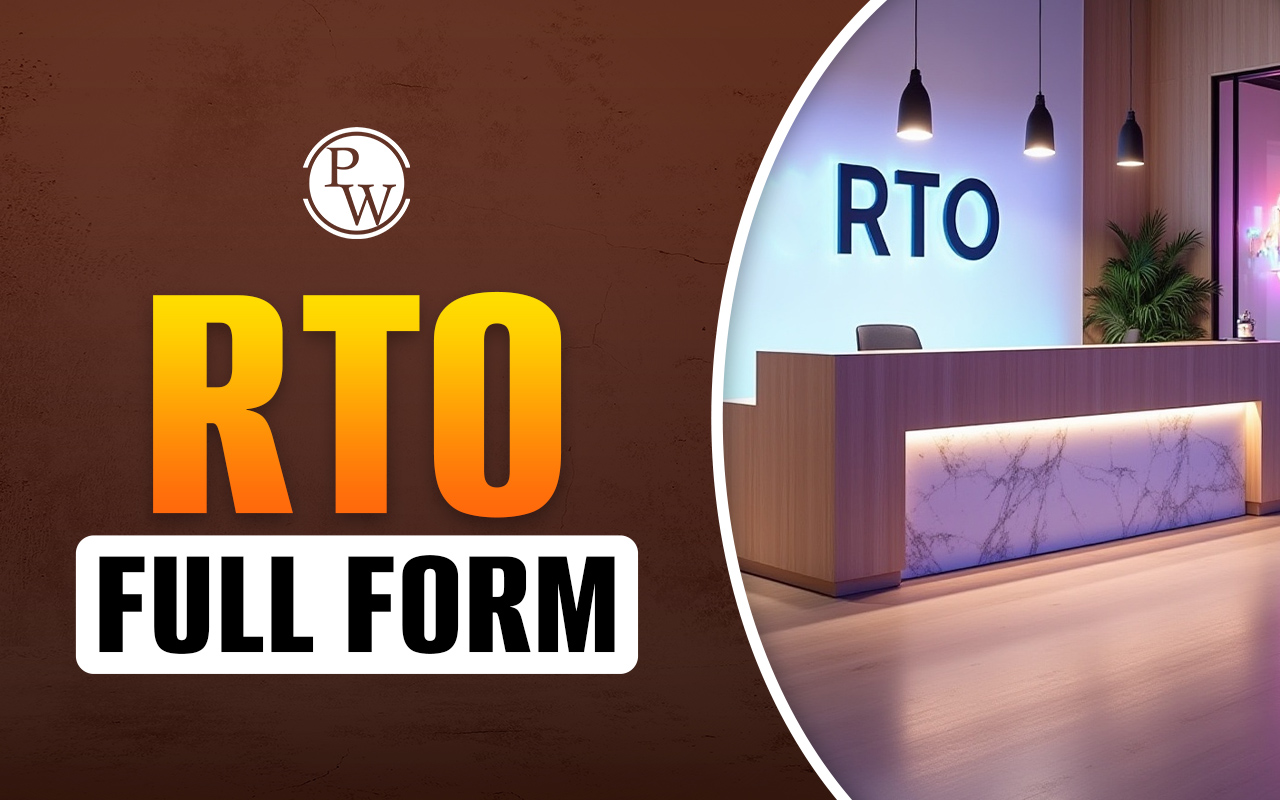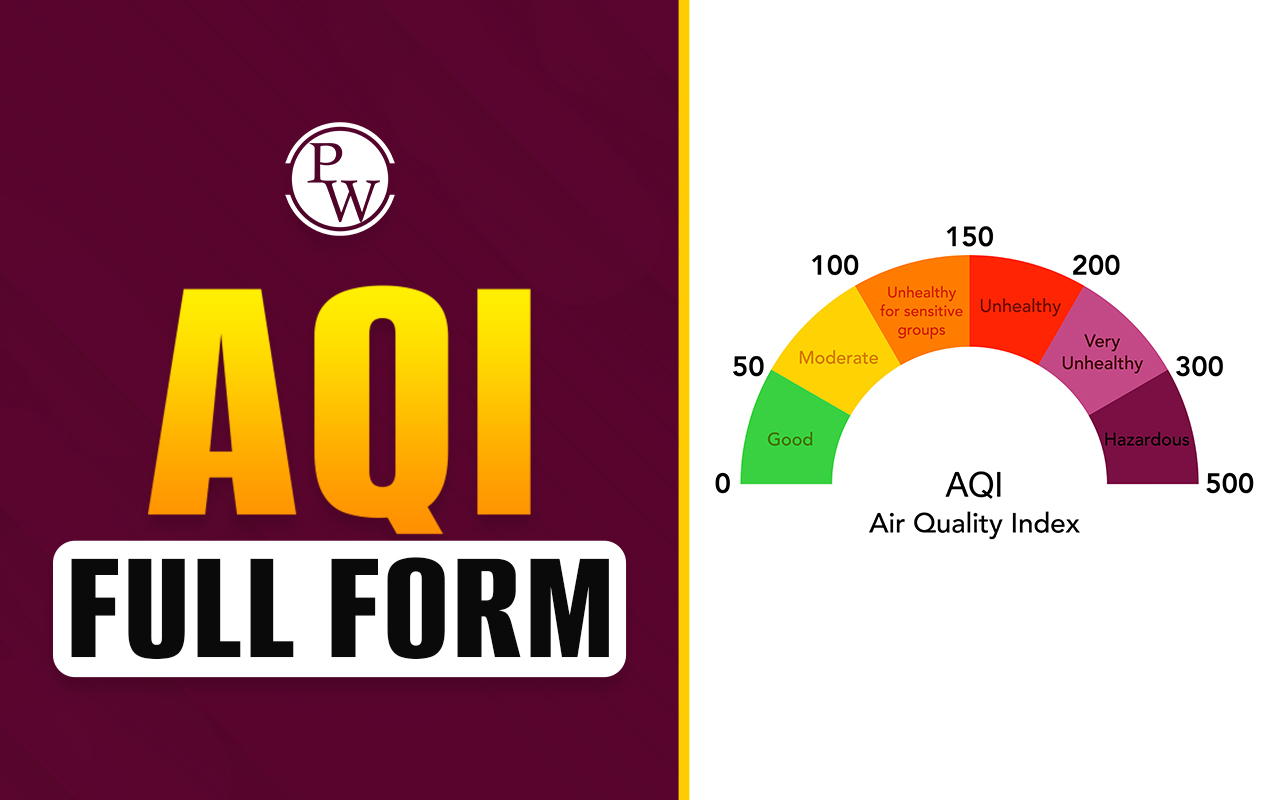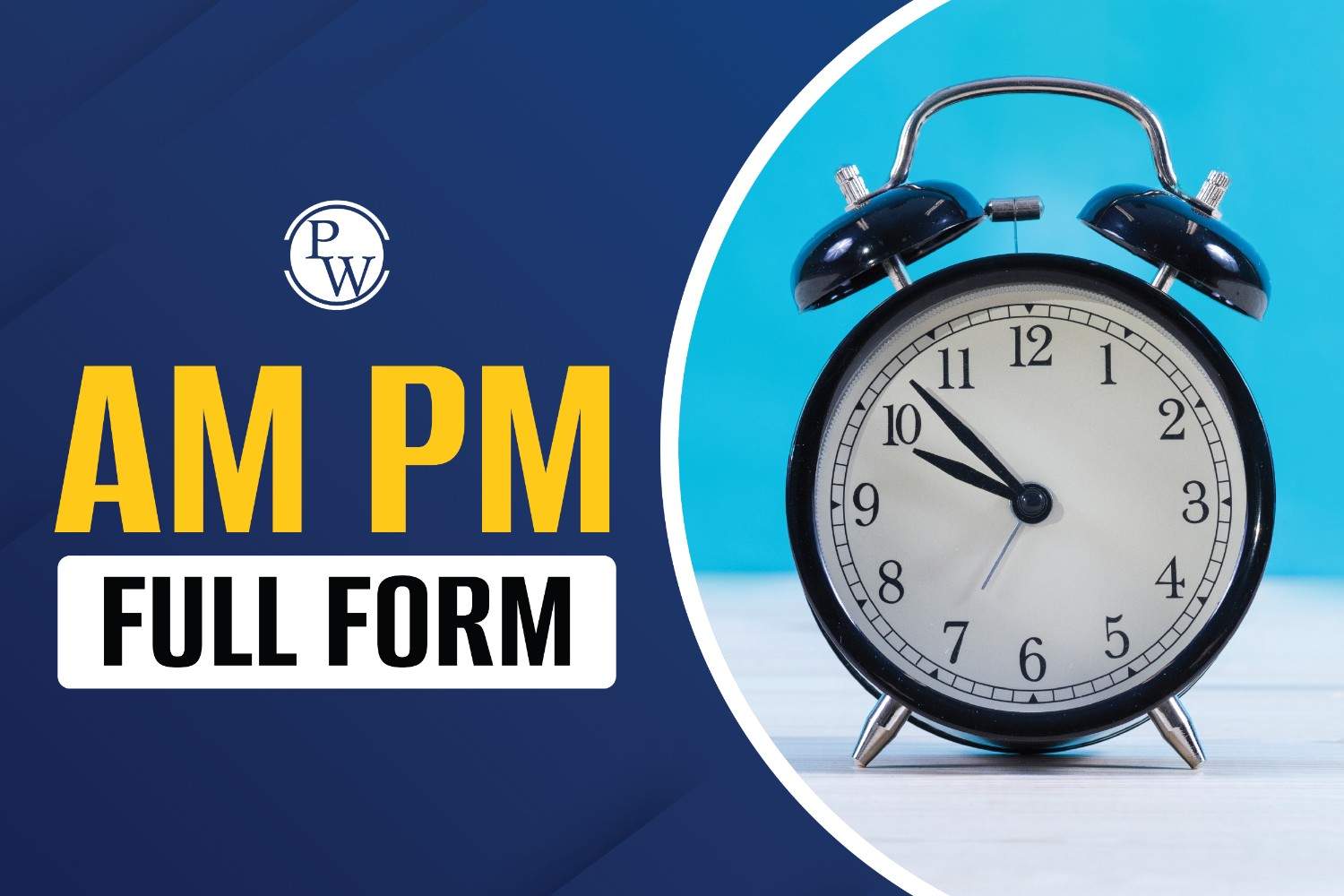

A Radio Frequency Oscillator (RFO) is an electronic circuit that generates an oscillating signal at radio frequency (RF) typically used in radio and communication systems. The oscillator generates a continuous sinusoidal signal that can be used to drive other circuits, such as amplifiers, filters, or mixers, to perform specific functions.
Importance of Radio Frequency Oscillator in Communication Systems
Radio Frequency Oscillators (RFOs) are essential components of communication systems because they generate the carrier signal that carries the information to be transmitted. RFOs produce a continuous wave that is modulated with the information to be transmitted, such as voice, video, or data. In receivers, RFOs are used as local oscillators to convert the incoming signal to a lower intermediate frequency, which is then amplified and demodulated to extract the original information.
The following are some key reasons for the importance of RFOs in communication systems:
- Frequency Generation
- Signal Quality
- Compatibility
- Power Efficiency
Types of Radio Frequency Oscillators
There are several types of Radio Frequency Oscillators (RFOs), each with its own advantages and disadvantages. The most common types of RFOs are:
A. LC Oscillators
These are the simplest type of RFOs and consist of an inductor and capacitor in a tank circuit. The LC oscillator is widely used in low-frequency applications, such as audio oscillators. But it can also be used in RF applications by scaling the inductance and capacitance values.
- Colpitts Oscillator: This is a type of LC oscillator that uses a capacitive voltage divider to provide feedback to the transistor or vacuum tube, creating the oscillation.
- Hartley Oscillator: This is another type of LC oscillator that uses an inductive voltage divider for feedback, creating a different oscillation waveform than the Colpitts.
- Clapp Oscillator: This type of LC oscillator is a variation of the Colpitts oscillator that uses an additional capacitor to improve the frequency stability.
B. Crystal Oscillators
These RFOs use a piezoelectric crystal to provide frequency stability and precision. The crystal oscillator can be designed to operate at high frequencies and provides very low phase noise and frequency drift.
- Pierce Oscillator: This is the most common type of crystal oscillator. It uses a crystal and an amplifier circuit to create the oscillation.
- Butler Oscillator: This is a type of crystal oscillator that uses a crystal to control the phase of the output signal and can provide a clean output signal with low harmonic distortion.
- Oven Controlled Crystal Oscillator (OCXO): This type of crystal oscillator is designed to operate at high frequencies and provide very low phase noise and frequency drift. An OCXO is designed with a heating element to stabilize the crystal temperature, which is the primary source of frequency instability.
C. Phase-Locked Loop (PLL) Oscillators
These RFOs use a feedback loop to lock the output frequency to a stable reference frequency. PLL oscillators are widely used in high-frequency applications, such as frequency synthesizers and clock generation circuits.
- Analog PLL Oscillator: This type of PLL oscillator uses analog components, such as a voltage-controlled oscillator and phase detector, to generate a stable output frequency.
- Digital PLL Oscillator: This type of PLL oscillator uses digital signal processing techniques, such as a digital phase detector and frequency synthesizer, to generate a stable output frequency.
Advantages and Disadvantages
Advantages
- Frequency Stability: RFOs can provide a stable and precise frequency output over a wide range of temperatures and operating conditions.
- Low-Phase Noise: RFOs can provide a low-phase noise output, which is essential for communication and measurement systems that require a high signal-to-noise ratio.
- Compact Size: RFOs can be designed to be compact in size, making them suitable for portable and handheld devices.
Disadvantages
- Noise: RFOs can be susceptible to noise and interference, which can result in an unstable frequency output and decreased performance.
- Start-Up Time: RFOs require a start-up time to generate the oscillation, which can affect their performance in applications where a quick response time is critical.
- Nonlinear Distortion: RFOs can introduce nonlinear distortion in the output signal, which can affect the accuracy of the signal in applications that require a high signal-to-noise ratio.
Applications of Radio Frequency Oscillators
- Communications: RFOs are a critical component of many communication systems, such as radio and television broadcasting, satellite communication, wireless communication, and radar systems. RFOs provide the carrier frequency for the transmission of information over the airwaves.
- Test and Measurement: RFOs, used in test and measurement equipment, such as spectrum analyzers, signal generators, and network analyzers. It is used to generate a stable and precise RF signal for testing and calibration.
- Medical: RFOs, used in medical equipment, such as MRI machines and ultrasonic equipment, to generate high-frequency signals for imaging and diagnosis.
- Military: RFOs, used in military applications, such as electronic warfare, radar systems, and communications, to provide a stable and precise RF signal.
- Navigation: RFOs, used in navigation systems, such as GPS, to provide a precise timing reference for satellite-based location services.
- Scientific Research: RFOs, used in scientific research applications, such as particle accelerators and astronomy, to generate high-frequency signals for experimentation and data collection.
- Consumer Electronics: RFOs, used in consumer electronics, such as smartphones and Wi-Fi routers, to generate high-frequency signals for wireless communication.
[wp-faq-schema title=" RFO Full Form FAQs" accordion=1]
Q1. What is an RFO?
Q2. What is the importance of RFO in communication systems?
Q3. What are the types of RFOs?
Q4. How do RFOs operate?
Q5. How to choose an RFO for a specific application?












